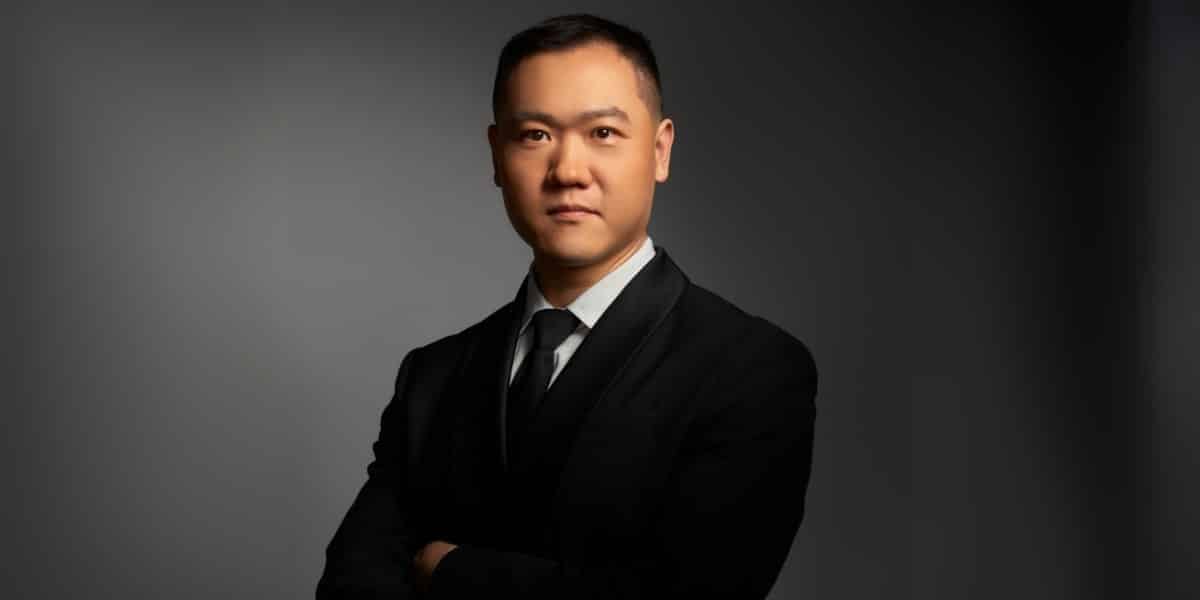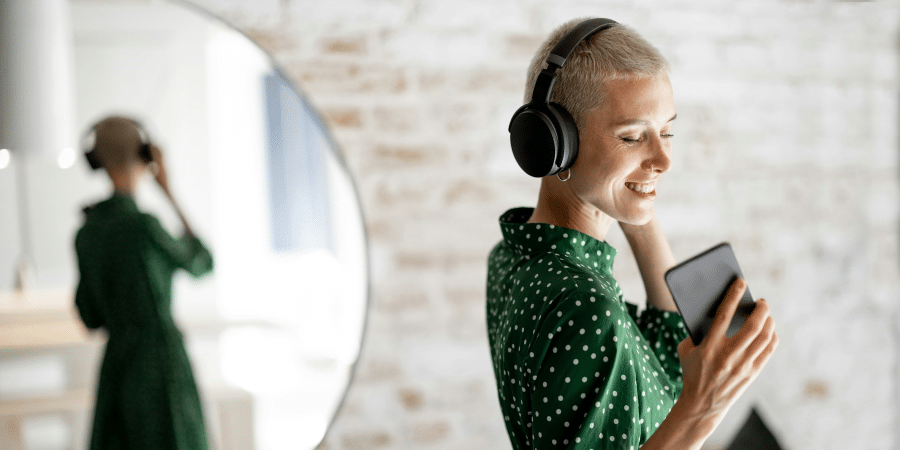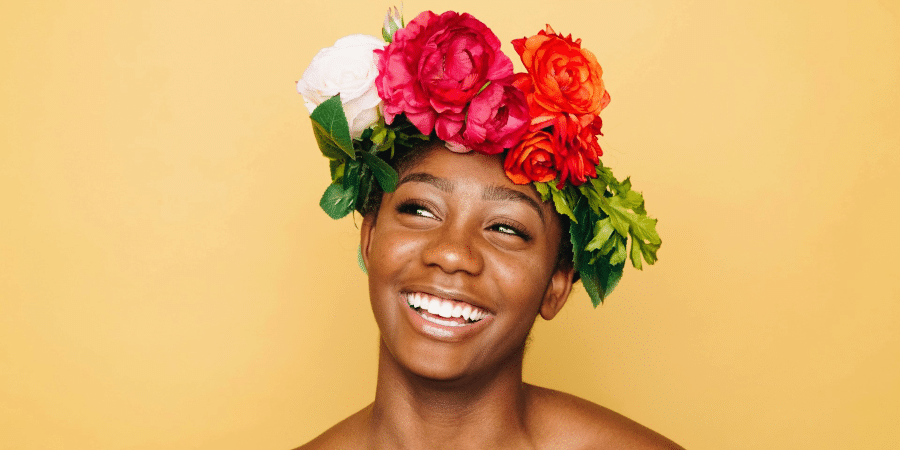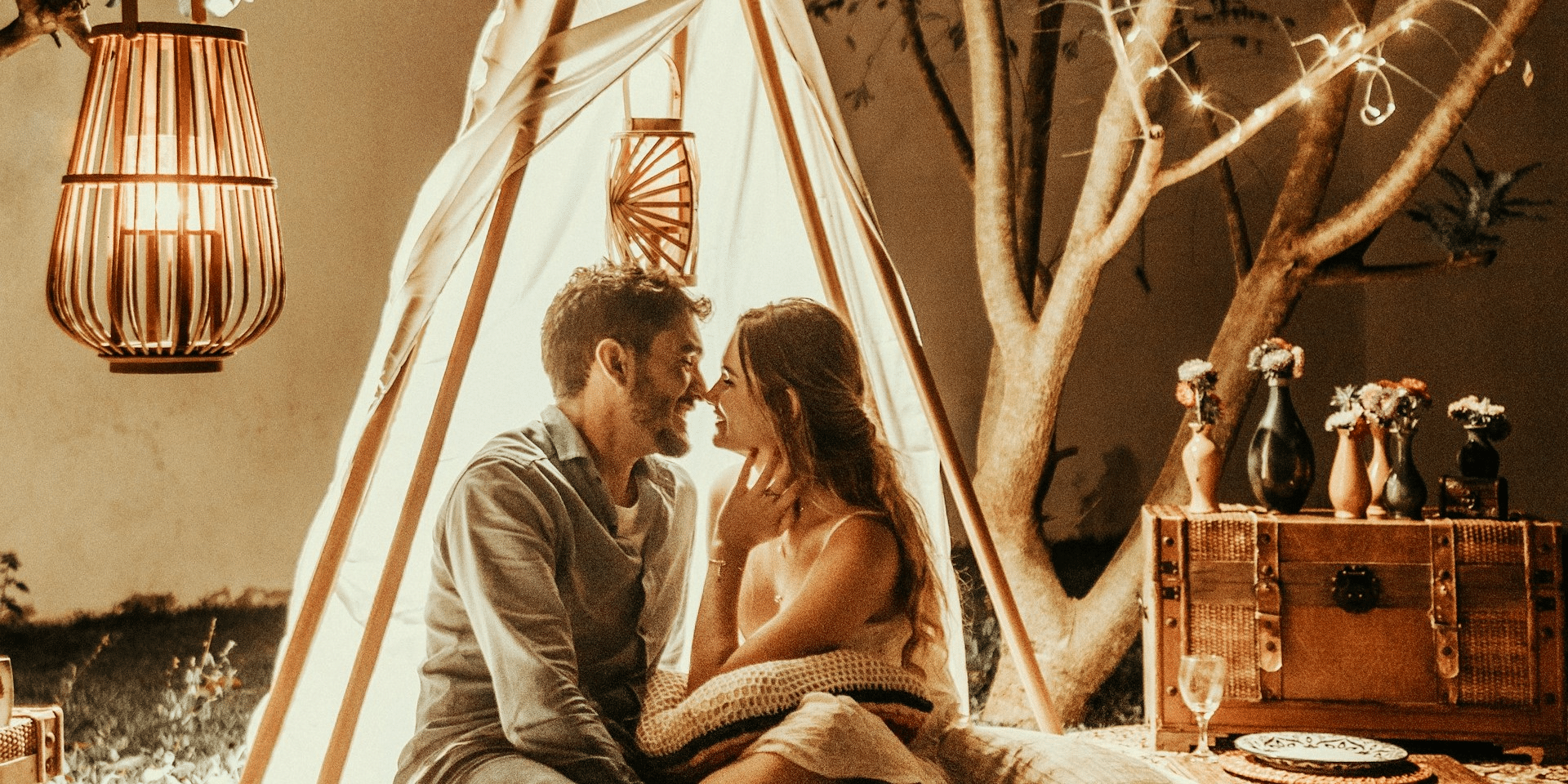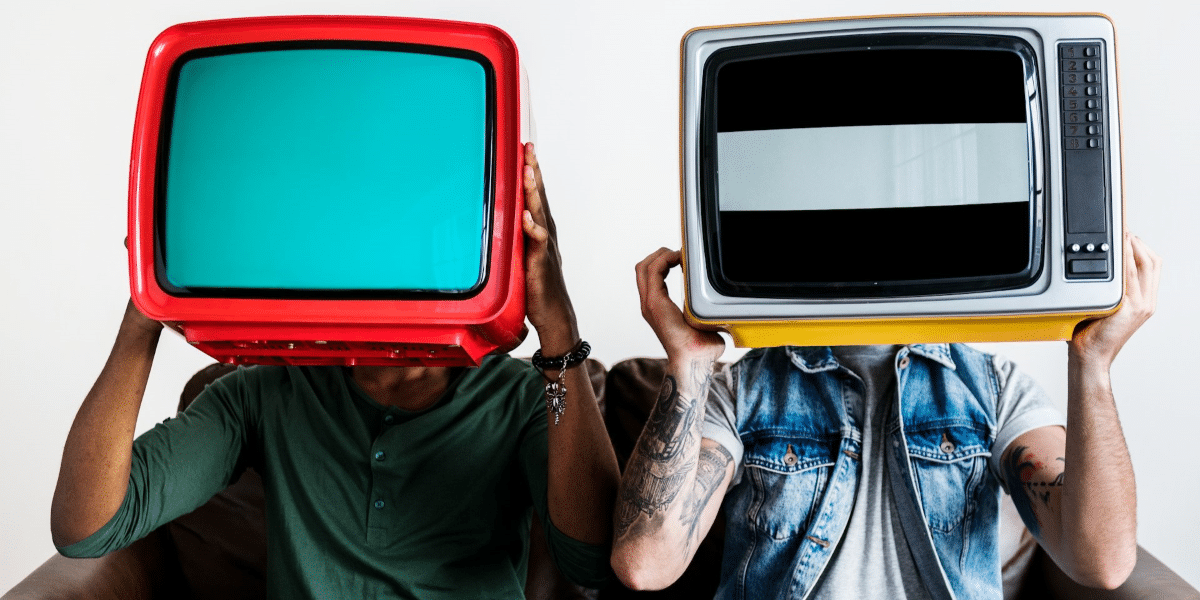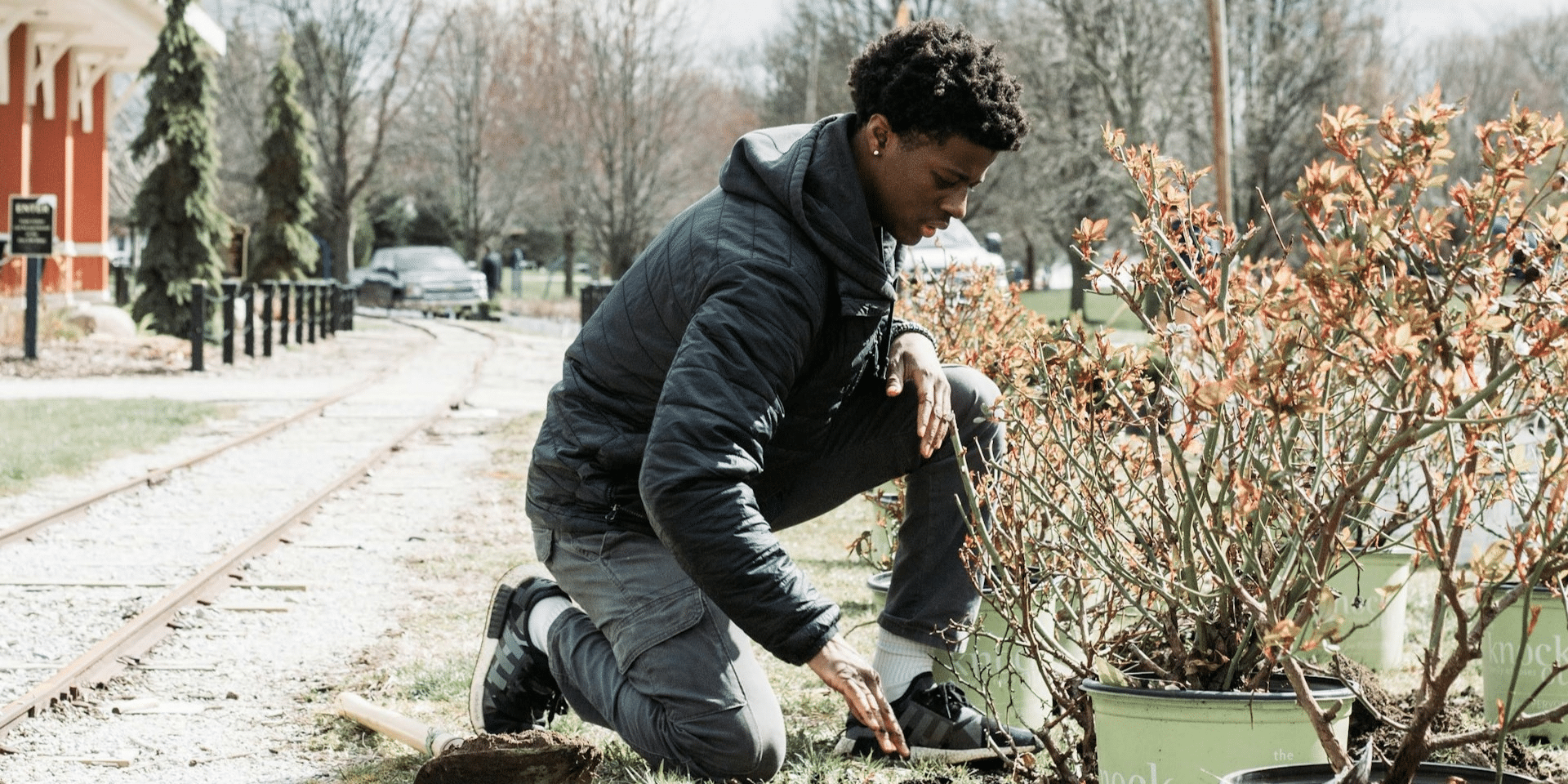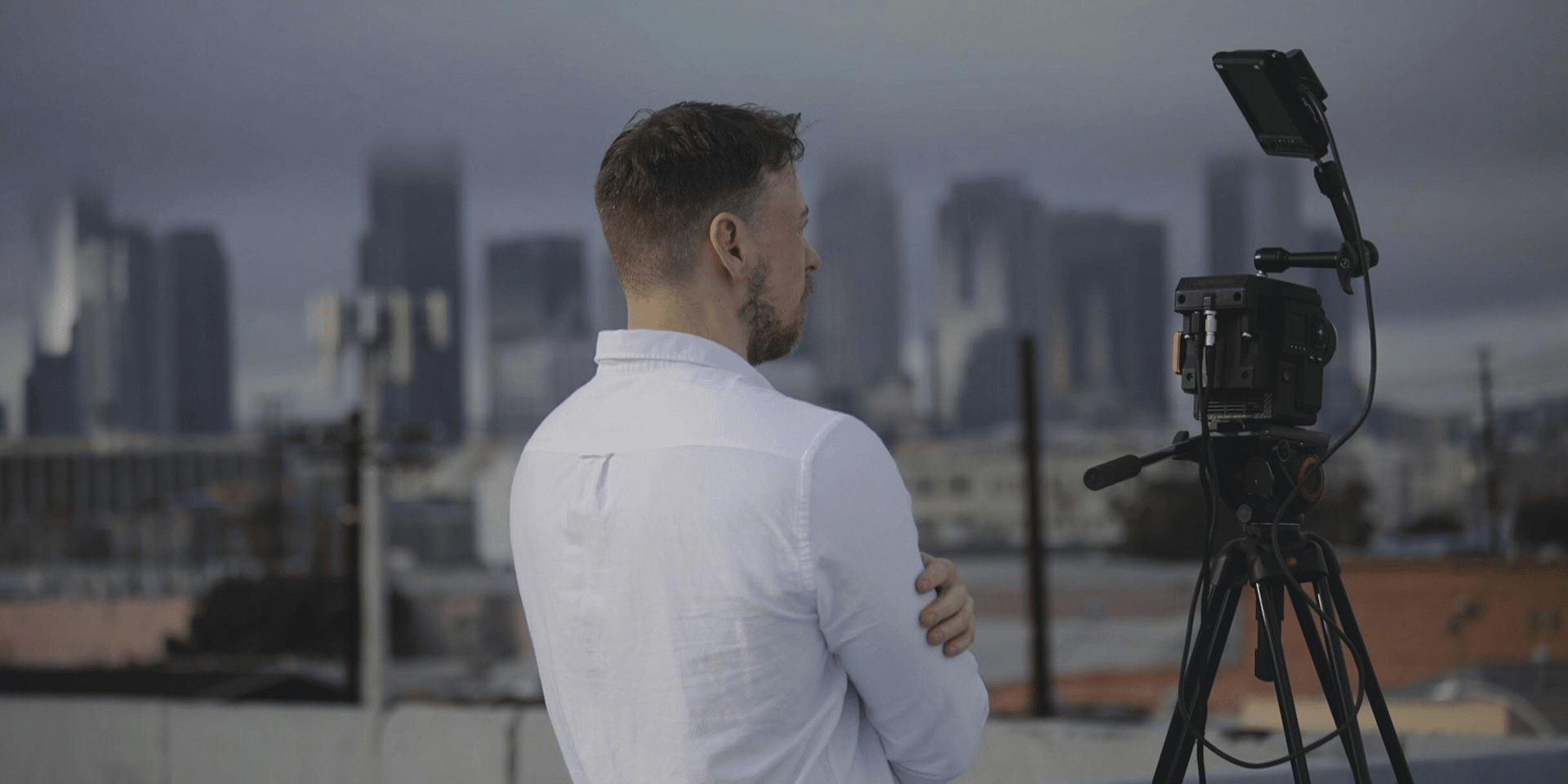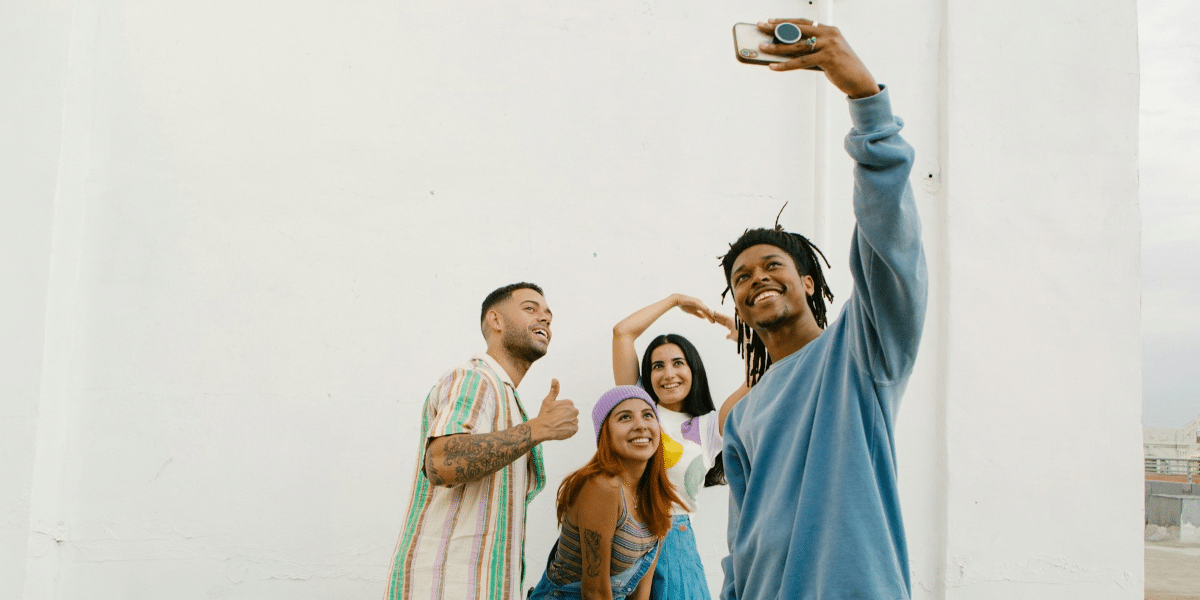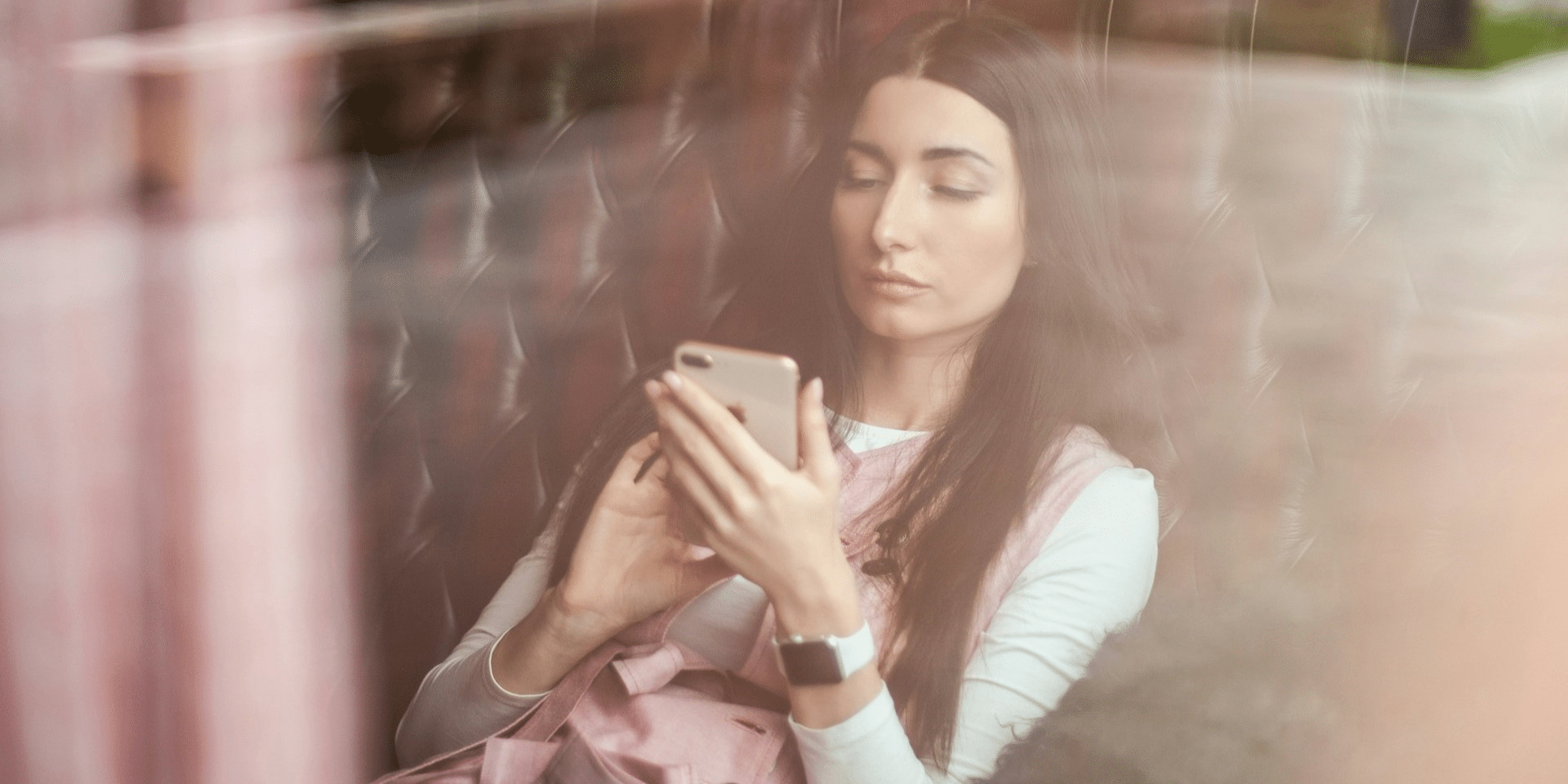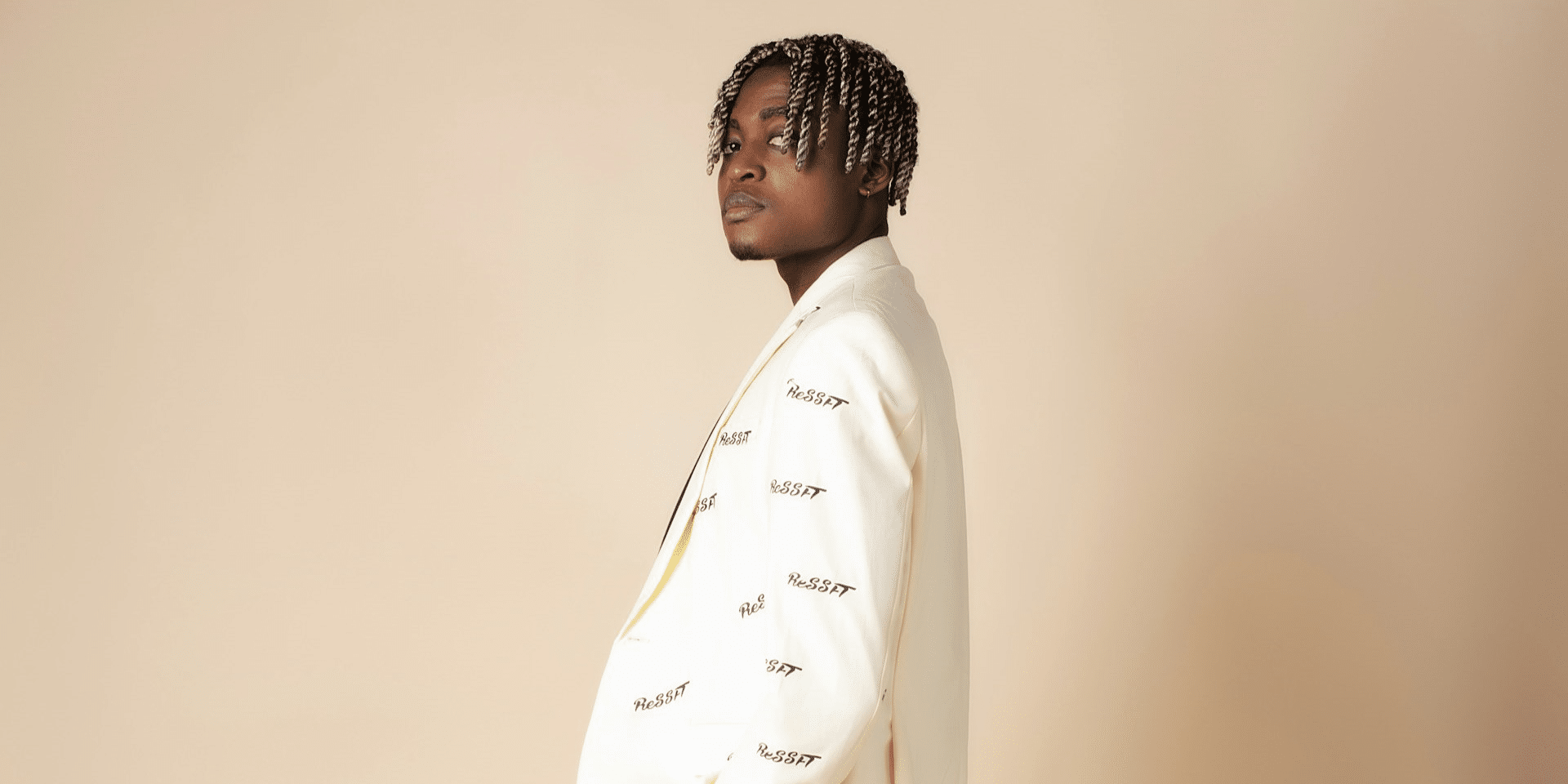By: Shawn Mars
In a conversation about the intersection of art and business, Feng Jiaming, a highly influential curator, shares his insights on curating successful exhibitions that blend creativity, commerce, and cultural dialogue. Feng’s impressive journey spans over nine years, during which he has curated exhibitions across China while leading Beijing Fengtang Sports Culture Media Co., Ltd. His career exemplifies a distinct approach to curating, where artistic expression meets strategic business innovation. In this interview, Feng reflects on his curatorial journey, key projects, and the future of the art world.
Can you tell us about your journey and what led you to become a curator?
My journey into the world of curating began with my passion for both art and business. I completed my master’s degree at New York University, where I gained a deeper understanding of both the artistic and commercial sides of the industry. It became clear to me that the premier way to impact the art world was to combine my appreciation for art with innovative business strategies. I founded Beijing Fengtang Sports Culture Media Co., Ltd. to create opportunities where art and commerce could merge to create meaningful and engaging exhibitions. Over the past nine years, I’ve had the privilege of curating projects that span modern contemporary art, design, and culture, which has been both challenging and deeply rewarding.
How do you balance artistic creativity with business acumen in your curatorial work?
I believe that a curator’s role is not just to select artworks but to craft a space where art and audience can interact meaningfully. The balance between creativity and business is achieved through careful planning. When curating an exhibition, I always focus on creating a space that not only showcases the artwork effectively but also invites engagement from a diverse range of people. Business acumen comes into play when you think about how to fund and market the exhibition, design the space, and ensure that all logistical aspects align with the artistic vision. It’s a balance of strategy and vision—understanding how to build an experience that is both artistically profound and commercially viable.
You’ve been involved in several high-profile exhibitions, such as the Heavy Color Mahaana exhibition and the New Year’s Eve Promise of Harmony and Togetherness exhibition. What have been some of the highlights of your curatorial career?
One of the fulfilling experiences was curating the Heavy Color Mahaana exhibition at the Changnan Liyu Jue Ceramic Intangible Cultural Heritage Base in Jingdezhen. It was a great opportunity to showcase the work of artist Zhan Naiming in a venue that highlighted both his contemporary style and the historical significance of the location. Another memorable exhibition was the Various Ceramic Art Boutique—Hohhot Exhibition in Inner Mongolia, where I had the chance to work with several talented ceramic artists. The diversity of their works and the chance to foster a dialogue about ceramic art’s evolving role in contemporary art were truly inspiring.
The Silk Road Porcelain Language—Master Ceramic Art Boutique Exhibition in Xi’an was also significant, as it explored the intersection of traditional craft and modern art. These projects allowed me to work with artists who were exploring new dimensions of their craft while connecting with cultural histories. Each exhibition had its own unique challenges, but the impact on both the artists and audiences made them truly stand out in my career.
Your work often integrates business and design elements. How do you approach exhibition design and space utilization?
Exhibition design is key to creating an immersive experience. For me, it’s not just about placing art in space but about understanding how the space can elevate the work. I focus on designing environments that engage visitors on multiple levels. I take into account the flow of the space, how visitors interact with the artwork, and how to create a visually cohesive experience that makes sense of the narrative I want to convey. This requires both creativity and a practical understanding of space, helping ensure that the designs are functional yet aesthetically pleasing. Collaborating with media and technology is another aspect that helps enhance the exhibition’s overall impact. By incorporating digital media or interactive elements, we can provide visitors with a more dynamic, engaging experience.
You’ve also participated in the planning of group exhibitions at the New Year’s Eve Promise of Harmony and Togetherness exhibition. Can you elaborate on your involvement in those projects?
The group exhibitions are sponsored by Beijing Fengtang Sports Culture Media Co., LTD. and Jingdezhen Zhengchengtang Ceramic Art Museum. The exhibition brings together more than 160 works by 15 outstanding artists, showing a variety of artistic styles and different creative ideas. It was an exciting opportunity to push the boundaries of traditional curating. My goal was to bring a more contemporary and fashion-forward approach to the exhibitions. I integrated modern aesthetics and design elements with contemporary art, which helped create a more innovative and engaging environment for both the artists and visitors. My involvement was not just in the selection of artists but in crafting an exhibition that would challenge conventional thinking and integrate new trends in fashion and design. These exhibitions showed me how art and fashion can work together to create a unique cultural experience.
What do you believe sets your curatorial approach apart from others in the field?
I think what sets my approach apart is my ability to combine business innovation with art curation. Many curators focus primarily on the artistic side of things, but I’m always thinking about how the exhibition will be received by a broader audience, including media, businesses, and cultural institutions. My background in commercial design and business gives me an edge in understanding how to create exhibitions that are not only artistically profound but also commercially viable and sustainable. This holistic approach aims to ensure that the exhibitions I curate are not just fleeting events but have lasting cultural significance.
Looking ahead, what are your thoughts on the future of art curation?
The future of art curation lies in adaptability. The art world is constantly evolving, and curators must be willing to push boundaries and embrace new concepts. I see more cross-disciplinary exhibitions emerging, where art, technology, and design come together to create experiences that are more immersive and accessible. We are also seeing more collaborations between artists and brands, which is a natural extension of the increasing influence of commercial industries on art. Moving forward, I believe curators will continue to innovate and challenge traditional norms, creating experiences that connect with people in new and meaningful ways.
Feng Jiaming’s approach to curating continues to redefine the boundaries of what is possible in the art world. His ability to blend business and art while remaining deeply connected to the core of artistic expression is a testament to his vision and forward-thinking approach. As the art world continues to evolve, curators like Feng will remain at the forefront, shaping the future of how art is experienced and understood.
Published by Iris S.

